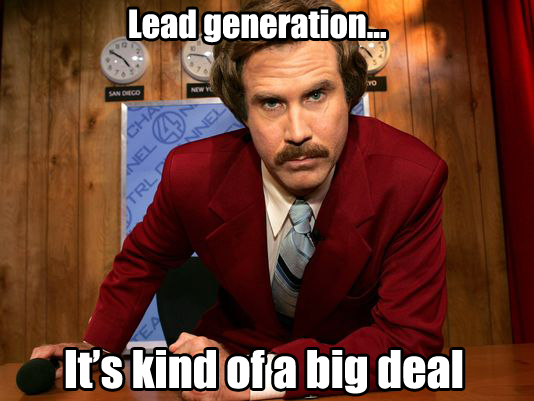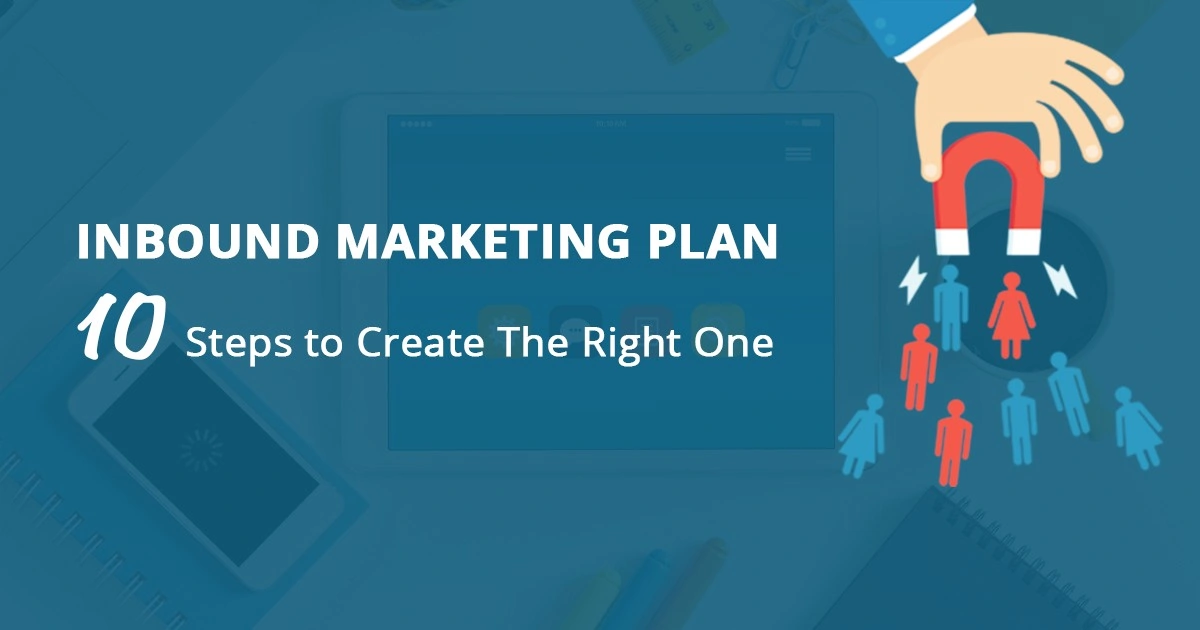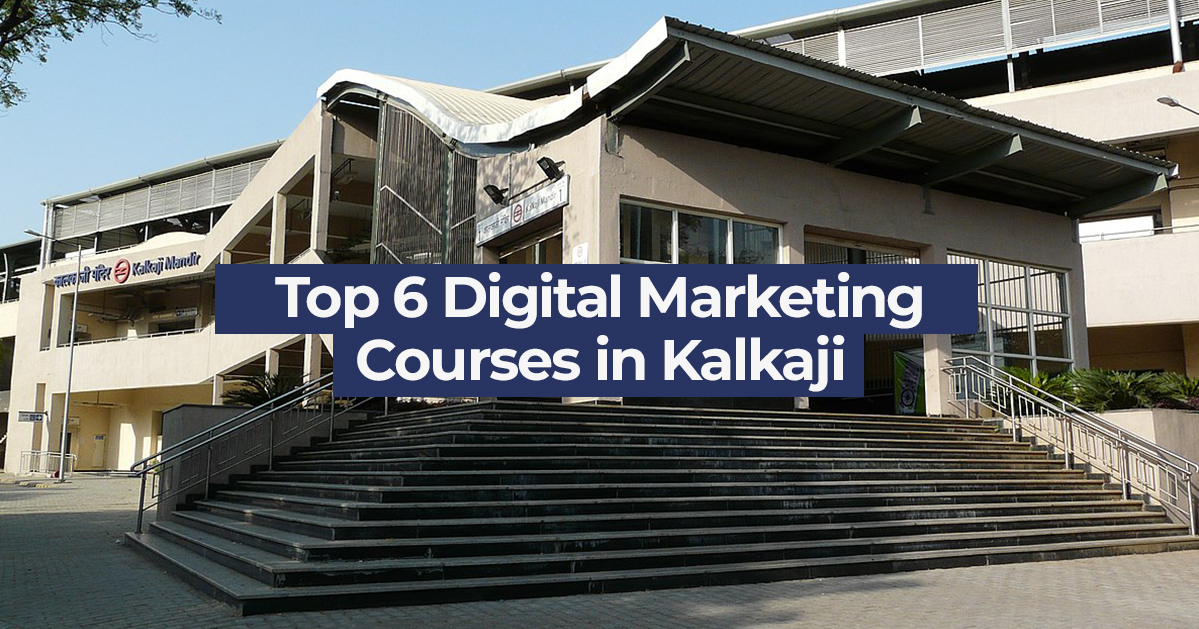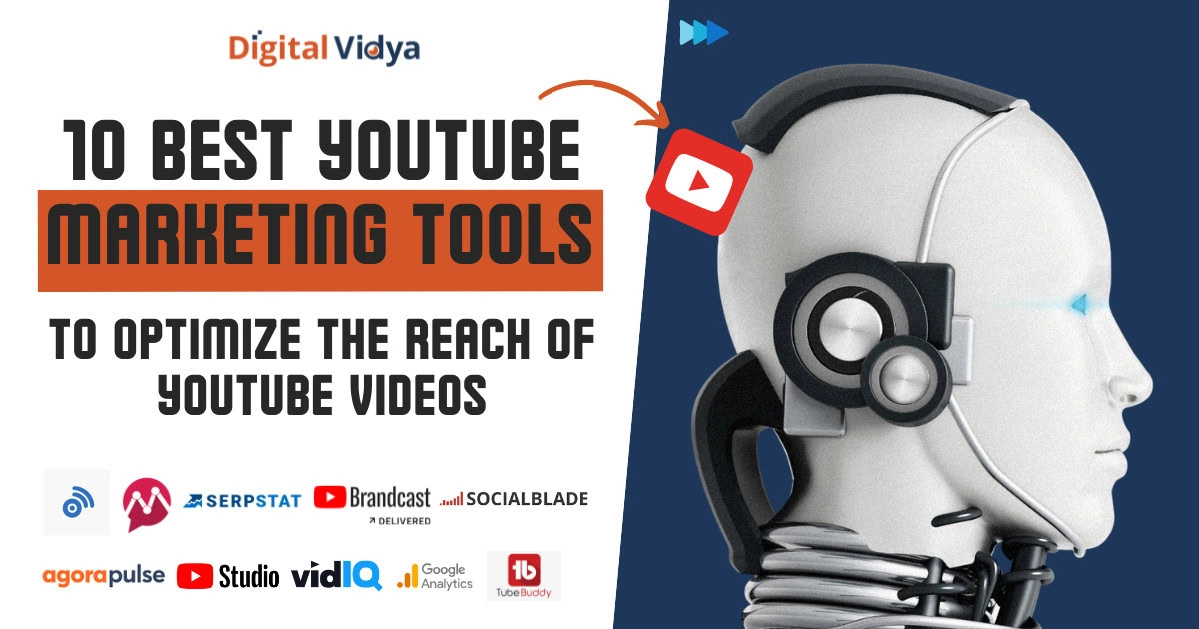An Inbound Marketing Plan creates the foundation for your Inbound Marketing Strategy. It focuses on laying out a digital marketing plan for all the activities that would help drive audience interest toward your business.
It helps you to deliver valuable content to your audience through each of their lifestyle stages and touchpoints. It provides you with a precise action plan to build trust among your audience by solving some of their key problems.
Let’s look at some of the steps to build an Inbound Marketing Plan.
10 Steps for Creating an Effective Inbound Marketing Plan
| 1 | Know Your Audience |
| 2 | Do Your Keyword Research |
| 3 | Define Your Core Objectives |
| 4 | Develop a Content Strategy |
| 5 | Lead Collection Plan |
| 6 | Newsletter Strategy |
| 7 | Implement the Right Technology |
| 8 | Build a Team |
| 9 | Measure and Analyze |
| 10 | Do It the Inbound Way and Get Ahead |
#1 Know Your Audience
The first step is to build an audience persona for your business. An audience persona is a fictional character that represents your audience. Suppose I were to create an Inbound Marketing Plan for an accounting tool for small business owners in urban India.
Here is what my persona would look like:
- Profession: Freelancers/Startup/Small Business Owners
- Location: Metro Cities, Urban Parts of New Delhi, Mumbai, and other Metro Cities
- Age: 25-45
- Gender – All
- Primary challenge: Do not have the budget to hire a full-time accountant
- Behavior: Tech Savvy, On the lookout for new technologies
- Income Level: INR 70,000 – 1,20,000 / month
- Interests: Amazon Prime, standup, comedy, startup meetups
When you create a persona, you can tailor your marketing messages to suit the requirements of your audience. You can divide your target audience into segments.
So, in the above example, I could create another segment that includes ‘accountants in the metro cities of India’.
This will be another segment of the audience, to whom we can deliver completely different marketing messages. Similarly, you can segment your audience on the basis of their buyer’s journey.
There are typically 4 stages in a buyer’s journey:
- Awareness – when your audience is unaware of the current challenge or a possible solution
- Consideration – when they are looking for possible solutions to their problems
- Decision – it is when they decide to purchase your offering
- Retention – this is the stage when you are looking to retain your existing customers

You can, therefore, customize your marketing campaigns according to these stages of the buyer’s journey.
#2 Do Your Keyword Research
Keyword research helps you to enlist the queries that your target audience is actively searching online. You can develop your content strategy around these keywords and reach to your audience with solutions to their problems. The strategy has two distinct advantages:
- It helps you to know some of the problems that your audience is facing
- It improves your chances of ranking higher on search results for those keywords
Let me give you some Awareness stage keyword examples still considering that we have an accounting business:
- Basics of accounting for small business
- Small business accounting tips
You should create a bucket of keywords that would help you to develop content for the next month/quarter. You can use keyword research tools like Google Keyword Planner or Ubersuggest to build up your keyword list.
#3 Define Your Core Objectives
Your Inbound Marketing Plan should include all that you wish to achieve from it.
A common objective of any plan would be to get more and more of your audience to follow your brand and interact with it.
You can narrow this objective down by defining some of the key metrics that you will be tracking.
Some of these include website/blog traffic, blog subscribers, social media fans and followers, subscribers of your YouTube channel, and finally those who fill up your lead forms.
You want all of these to grow in every subsequent campaign and time period.
#4 Develop a Content Strategy
Your Content Marketing Plan is an integral part of the Inbound Marketing Plan. It includes content formats, channels, and the frequency of content you will be publishing and promoting.
Once you know your audience, their challenges, and the keywords, it is easy to build up a plan of action. At this stage, you need to create an editorial guideline and a content calendar that will help you to achieve your Inbound Marketing goals.
Make sure that your basic strategy revolves around creating content that’s story-driven and educational. Do not forget to lay specific emphasis on developing a video content strategy, as that’s a content format that has become essential in today’s times.
Facebook generates an average of 8 billion video views everyday. Social Media Today
#5 Lead Collection Plan

An Inbound Marketing plan lets you create the exact path for your audience to move down your sales funnel.
You need to include all those touch points in your plan where your audience is going to share their contact details with you.
Let’s take some of the key lead generation touch points:
- Newsletter subscription form
- Lead form to download ebooks, reports, and a whitepapers
- Contact form for participating in a contest
- Website popups promoting existing campaigns/webinars
This way you can collect leads from all of your content activities and campaigns.
#6 Newsletter Strategy
A lead nurturing strategy helps you to engage with your prospects and move them down the sales funnel. Targetted newsletters are the best way to nurture your leads and provide them with informative content.
You must create a plan to run automated email campaigns for each of your list segments. You can create these segments within your marketing automation or email marketing tool and set the desired triggers to run these campaigns.
Marketers have noted a 760% increase in revenue from segmented campaigns. Campaign Monitor
Let’s take an example of an automated lead nurturing campaign. This example includes the complete flow from the point where a prospect is a complete stranger:
Step 1. Your potential customer is in the awareness stage of the buyer’s journey
Step 2. He/She types in a keyword to know more about the accounting best practices for small businesses
Step 3 Your prospect lands on the blog post that provides an answer to their question
Step 4 (Trigger) Your prospect subscribes to the newsletter
Action 1: Your prospect gets added as a lead to your email list
Action 2. Your prospect gets an introductory welcome email. This email introduces them to the blog as well as the accounting tool
Action 3. The prospect gets monthly newsletters including tips and news stories from your business
In the above example, we see a simple process of moving a prospective customer from a stranger to someone we are interacting with consistently.
As a part of your Inbound Marketing Plan, you need to enlist a series of lead nurturing campaigns around different triggers like the one shown in the above example.
#7 Implement the Right Technology
An Inbound Marketing Platform will help you to manage all of your activities with a single tool.
You can choose from a variety of platforms including Marketo, Hubspot, Pardot, and Eloqua.
You can compare the pricing and features of each before deciding on a platform that suits your requirements the best.
If you have a small business with a scanty budget, you can use a combination of an email marketing tool and a CRM tool.
#8 Build a Team
To implement your Inbound Marketing Plan, you will need a team of specialists.
You must recruit a team of bloggers, copywriters, web designers, email marketing experts, PPC managers, social media managers, data analytics specialists, and project managers.
The size of your team would depend on your company size and your Inbound Marketing Budget.
Your strategic plan should include the role and responsibilities of each of the team members.
Download Detailed Brochure and Get Complimentary access to Live Online Demo Class with Industry Expert.
#9 Measure and Analyze
Finally, you will need to create a process to measure and analyze the results you are getting from your Inbound Marketing campaigns.
You can have monthly team meetings to understand the outcomes and compare them to a set of predefined metrics.
You can use these meetings to improve upon the results in each of the subsequent campaigns and activities.
It is essential to keep a track of competitor campaigns, keyword rankings, and social media following.
It will help you to get a comparative view of the situation and observe your shortcomings.
A cost-benefit analysis of each of your content pieces and campaigns will help you to improve the quality of your efforts.
You need to create a process to measure each of the metrics on a periodic basis and include it in your Inbound Marketing Plan.
#10 Do It the Inbound Way and Get Ahead
Building and implementing an Inbound Marketing Plan is a surefire way to get loyal customers for your business.
It provides you with a mechanism to help your target audience so they can eventually become your brand evangelists.
Don’t forget to leverage interactive and engaging content formats such as videos, infographics, polls, quizzes, and contests.
64% of the viewers are more likely to buy a product after watching a video. – Hubspot
Your Inbound Marketing Plan must align with your brand story. It should deliver marketing messages that showcase the essence of your brand.
It should focus on providing value to your prospects at each stage of the lifecycle.
Your plan should focus on building trust with your audience. It will then help you to create authority for your brand and get staunch followers and customers.
Looking to get an in-depth understanding of the Inbound Marketing practice? You can enroll in our certified Inbound Marketing Course.
Faqs:
1. What is an inbound marketing plan?
Inbound marketing is about making relationships with likely consumers, by creating content and experiences that answer their concerns and questions – all while upgrading their experiences as a user. Key strategies, for example, user personas, SEO streamlining, and lead supporting are focal.
2. What is an example of inbound marketing?
Content advertising is one of the most famous inbound marketing methods among the latest brands, however, the facts are obvious. As Tonya Davis, promoting director at ThoughtLab, says, “Content magnificently affects making brand authority, site authority, and expanding sales.”
3. What are the three types of Inbound Marketing?
Types of Inbound Marketing
- SEO – This is all about making modifications to a website in order to emerge higher in search results and develop more traffic. …
- PPC. Pay-per-click ad is another inbound tool that relies on the use of keywords.
- Content.
4. How do I create or do inbound marketing?
There are various strategies for inbound marketing. Quite possibly the earliest thing to consider is understanding your audience and what they need from you as a brand.
Whenever you’ve understood this via different research and data reviews, you can start how to engage and construct relationships with them through inbound marketing.
This could be by establishing a blog, building up an email system, or speaking to your shoppers via social platforms.
5. What are the 5 inbound principles?
The Five Principles of Inbound Marketing: SCOPE
- Standardize.
- Contextualize.
- Optimize.
- Personalize.
- Empathize.








